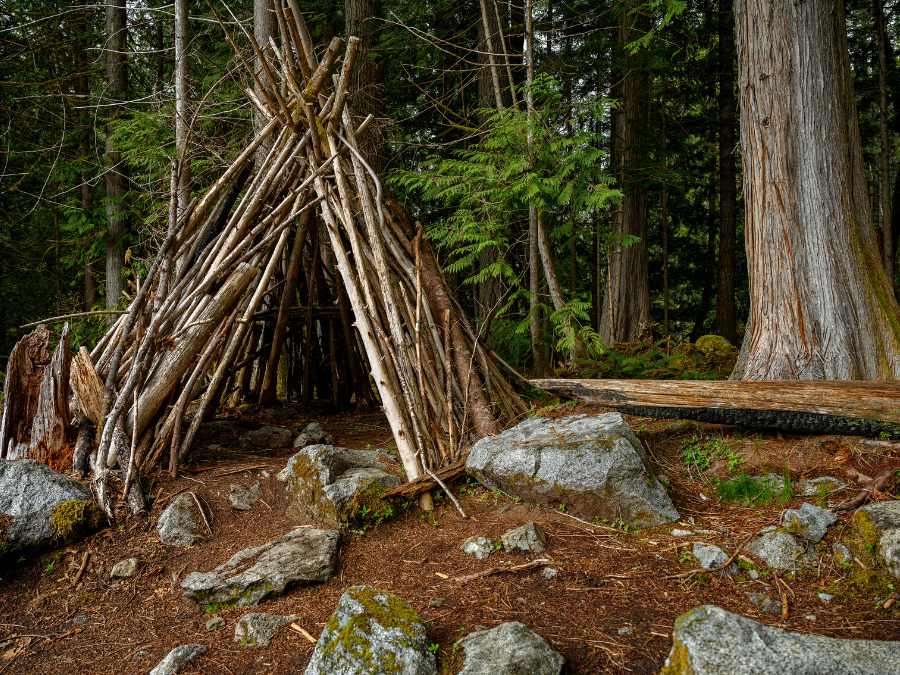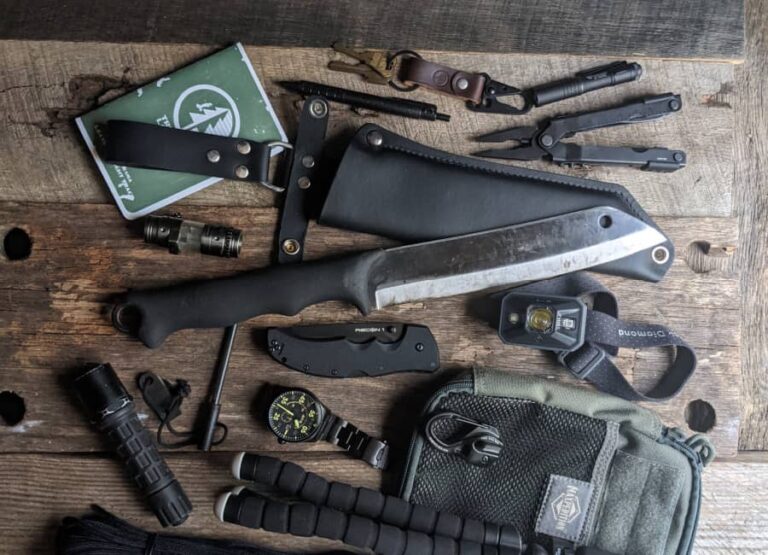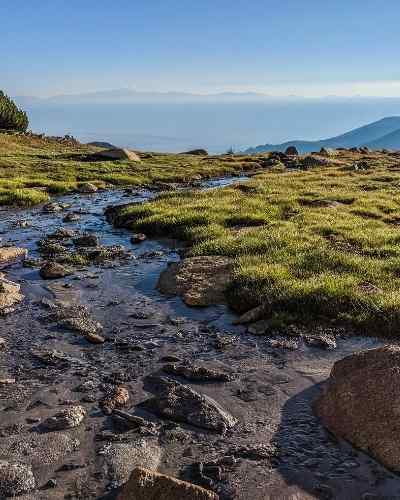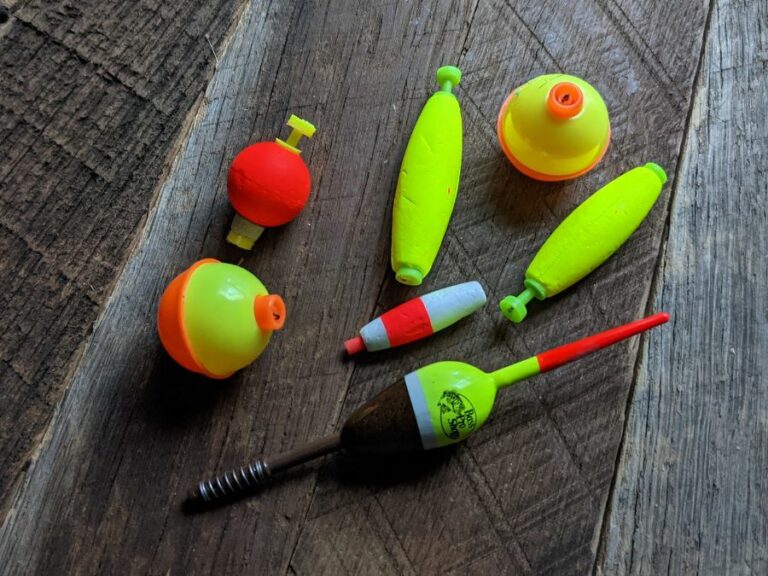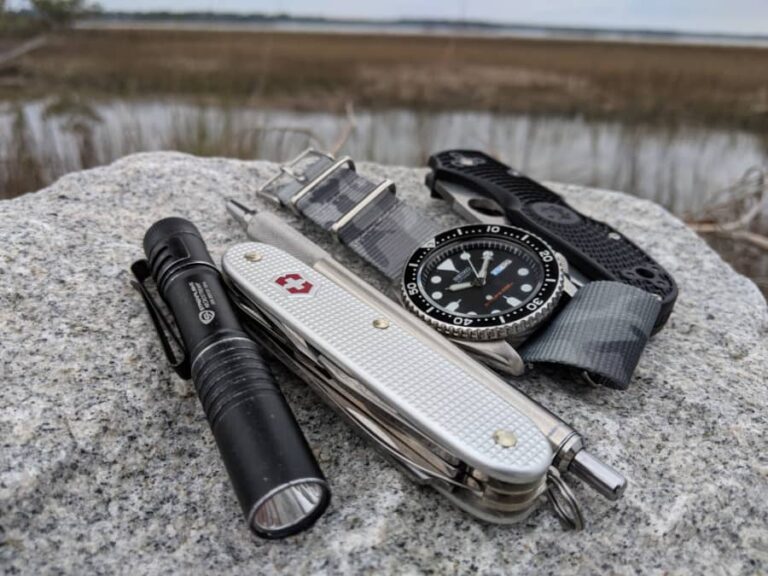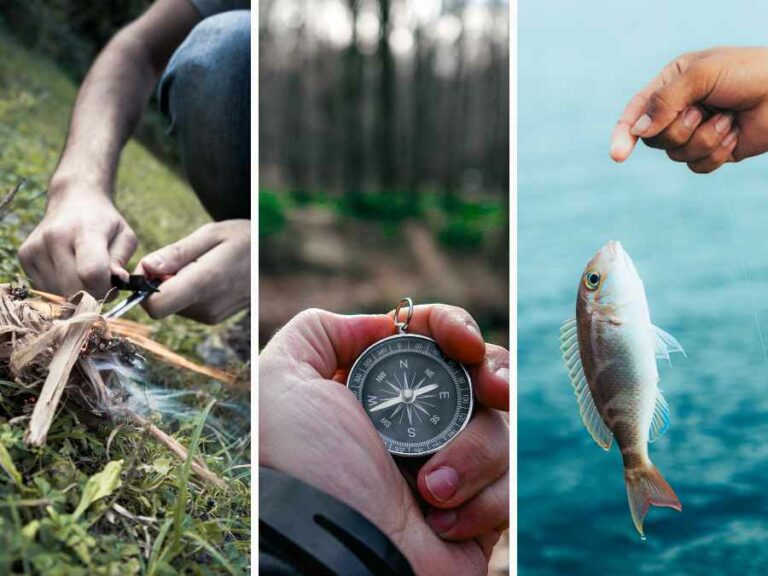What is the Difference Between Bushcraft and Survival?
Bushcraft and survival are two terms frequently used interchangeably, but they have distinct differences. While both involve wilderness skills and self-reliance, they focus on different aspects of outdoor living. Understanding these differences is crucial in preparing for any outdoor activity.
Key Takeaways:
- Bushcraft and survival have distinct differences.
- Both require a set of wilderness skills and self-reliance.
- Bushcraft focuses on utilizing natural resources and primitive technology, while survival focuses on emergency preparedness and essential skills to stay alive.
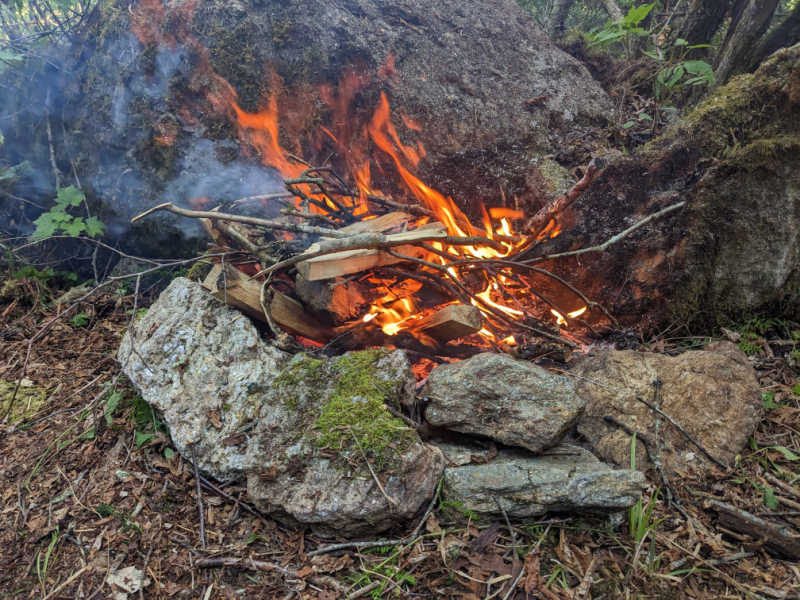
Understanding Bushcraft
Bushcraft is the art of living off the land and utilizing natural resources to thrive in the wilderness. It involves a deep understanding of the environment and primitive technology. With the right knowledge and skills, anyone can survive and thrive in the wild.
Natural resources are at the heart of bushcraft. From wood and stone to animal hides and sinew, every element of the environment can be utilized to meet basic needs. For example, knowing how to build a shelter from natural materials such as branches, leaves, and grass, can be a lifesaver in a survival situation.
Primitive technology is also a crucial element of bushcraft. Tool making involves creating functional items such as knives, spears, and bows from natural resources. Shelter building requires appropriate tools and materials to construct a safe and reliable structure, while fire starting techniques depend on the ability to create a spark and tend to the flames.
Shelter building is another vital skill in bushcraft. Knowing how to construct a reliable and sturdy shelter from natural materials is essential for keeping warm, dry, and protected from the elements. Understanding how to choose the right location and materials, as well as how to properly construct the shelter, is crucial for survival in the wild.
Finally, fire starting is a fundamental skill in bushcraft. Fire provides warmth, light, and a means of cooking food. Various techniques can be used to start a fire, such as using a fire starter kit, flint and steel, or by friction using a bow drill or hand drill.

Exploring Survival Skills
Survival skills are essential for anyone venturing into the wilderness, especially in emergency situations where our lives may depend on them. Knowing how to survive in the wild requires more than just basic knowledge; it requires preparation, resourcefulness, and the ability to improvise when necessary.
Survival Scenarios
Survival scenarios can range from being lost in the woods to natural disasters, depending on the geographical location. It’s important to be familiar with the environment and weather conditions to prepare for the worst-case scenario. For example, if you’re hiking in the desert, it’s crucial to bring enough water and protective clothing to withstand the harsh conditions.
- Wiseman, John ‘Lofty’ (Author)
- English (Publication Language)
- 03/21/2019 (Publication Date) – William Collins (Publisher)
Emergency Preparedness
Being well-prepared is essential in any survival situation. We should always have basic equipment, such as a first-aid kit, navigation tools, and a reliable communication device. Additionally, it’s recommended to have some extra food, water, and clothing in case of an emergency.
Foraging for Food
Foraging for food is a crucial skill in the wild. Knowing how to identify edible plants, fruits, and berries is essential to sustain yourself if you run out of food or don’t have any with you. However, it’s important to be cautious as some plants can be poisonous and might cause serious harm.
Hunting and Trapping
Hunting and trapping are skills that require patience and practice. Knowing how to identify animal tracks, set traps, and use different hunting tools, such as a bow and arrow, can increase your chances of obtaining food in the wild. However, always check local laws and regulations before hunting or trapping any animals.
Water Purification
Water is crucial for survival, but in the wild, it’s not always easy to find a clean water source. Knowing how to purify water is, therefore, essential to prevent dehydration and remain healthy. Several methods can be used to purify water, such as boiling, using water purification tablets, or using a water filter.
- Dual pumping modes
- Removes particles
- Activated Carbon reduces chemicals
- Suitable for backpacking
- Glass fiber filter
Navigating the Wilderness
One of the most important skills in both bushcraft and survival is navigation. In order to effectively navigate the wilderness, it is essential to develop a strong sense of direction and be proficient in using a map and compass.
Outdoor ethics are important to consider when navigating through the wilderness. Those who enjoy outdoor activities have a responsibility to preserve the natural environment and minimize their impact on the land.
Modern vs. Traditional Navigation Methods
Modern technology has made navigation in the wilderness much easier. GPS devices and smartphones with mapping apps have become increasingly popular among outdoor enthusiasts. However, it is important to remember that technology can fail or run out of battery, making it crucial to also be proficient in traditional navigation methods such as using a map and compass.
Traditional navigation methods are not only reliable, but they also offer a unique and rewarding experience. Navigating through the wilderness using a compass can be a fulfilling experience that allows one to truly connect with nature.
When navigating through the wilderness, it is important to follow the principles of outdoor ethics. These principles include leaving no trace, minimizing campsite impact, and respecting wildlife. By following these principles, we can ensure that the natural environment remains preserved for future generations.

Survival Psychology
Survival situations can be extremely stressful and challenging, both physically and mentally. Having the right mindset can make all the difference in overcoming the obstacles that come with being stranded in the wilderness. This is where survival psychology comes into play.
Survival psychology involves understanding and managing your thoughts, emotions, and behaviors in a survival situation. It is crucial to remain calm, focused, and positive, even when faced with extremely difficult circumstances. This can help to increase your chances of survival and make the experience more bearable.
One important aspect of survival psychology is having a clear goal or objective. This can help to give a sense of purpose and motivation during a difficult time. It is also important to stay aware of your surroundings and assess the situation realistically, without succumbing to panic or despair.
In addition to mental preparedness, it is also important to have basic knowledge of wilderness medicine. This includes knowing how to tend to injuries, prevent infection, and manage pain. You should also be prepared to deal with common ailments such as dehydration, hypothermia, and insect bites.
Overall, survival psychology and wilderness medicine are essential components of any survivalist’s toolkit. By understanding the mental and physical challenges of survival, and learning how to manage them effectively, you can increase your chances of making it out of a wilderness situation alive and well.
- All Seasons/All Weather Wax Infused Cotton Plugs
- Easy to Fluff, Extremely Ignitable
- Small, Convenient to Carry and Add to Various Kit
Utilizing Nature’s Resources
One of the most crucial aspects of both bushcraft and survival is the ability to utilize nature’s resources. This includes identifying and utilizing edible and medicinal plants, as well as practicing sustainability in the wild.
Knowing how to identify edible and medicinal plants can be a lifesaver in survival situations. Plants such as cattails, dandelions, and pine needles can provide essential nutrients, while others like yarrow and plantain have medicinal properties.
It’s important to note, however, that not all plants in the wild are safe to consume. It’s crucial to thoroughly research plant identification and consult with an expert if unsure.
In addition to foraging for food, practicing sustainability in the wild is also important for long-term survival. This includes taking only what you need and leaving the rest for other creatures and future generations.
It also means being mindful of how you interact with the environment. Follow the principles of Leave No Trace and avoid damaging natural resources. Remember, we are guests in the wilderness, and it’s our responsibility to leave it as we found it.

Crafting and Carving in the Wild
One of the essential skills in both bushcraft and survival is crafting and carving. Being able to use natural resources to create tools, utensils, and other necessary items can greatly increase one’s chances of survival in the wilderness. It also promotes sustainability and reduces the reliance on modern tools and equipment.
Campsite management is another important aspect to consider when crafting and carving in the wild. It’s crucial to choose a location that is sustainable and won’t cause damage to the surrounding environment. This involves following the principles of leave no trace, which emphasize the importance of leaving nature as you found it.
When crafting and carving, it’s important to be well-informed about the types of wood and materials that can and should be used. Birch, cedar, and pine are popular materials for carving utensils and bowls, while hardwoods like oak and maple are best for creating tools that require durability.
It is also important to ensure that the tools used for crafting and carving are kept sharp and maintained properly. Dull tools can lead to injuries and make the process more difficult and time-consuming.
Remember, crafting and carving in the wild is not only a functional skill but can also be a fulfilling and enjoyable hobby. With the right knowledge and techniques, one can create beautiful and useful items while also promoting sustainability and wilderness stewardship.
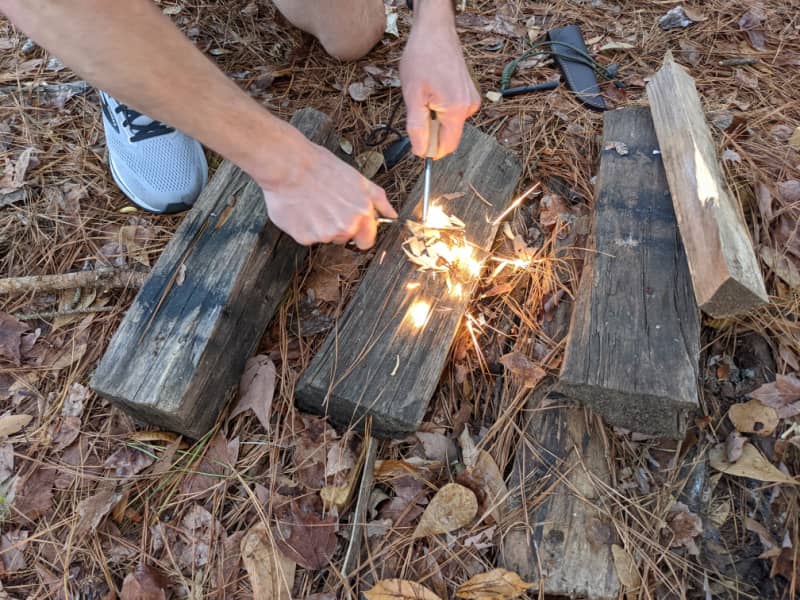
Essential Gear and Tools
Survival gear and equipment play a vital role in any survival scenario. When venturing into the wilderness, it is crucial to have the necessary gear and tools to sustain oneself. The same applies to bushcraft, where specific tools and knives are used for various tasks.
Survival Gear and Equipment
The market is flooded with various survival gear and equipment, ranging from basic to advanced. When choosing survival gear, it is essential to consider the intended use, climate, and duration of the trip.
Some of the essential survival gear and equipment include:
- Water filtration and purification systems
- Fire-starting devices such as lighters, ferro rods, and matches
- First aid kit with basic medical supplies
- Emergency shelter such as a tarp or bivy sack
- Navigational tools such as a map, compass, and GPS
- Multi-purpose knife
- Backpack
- Food and water
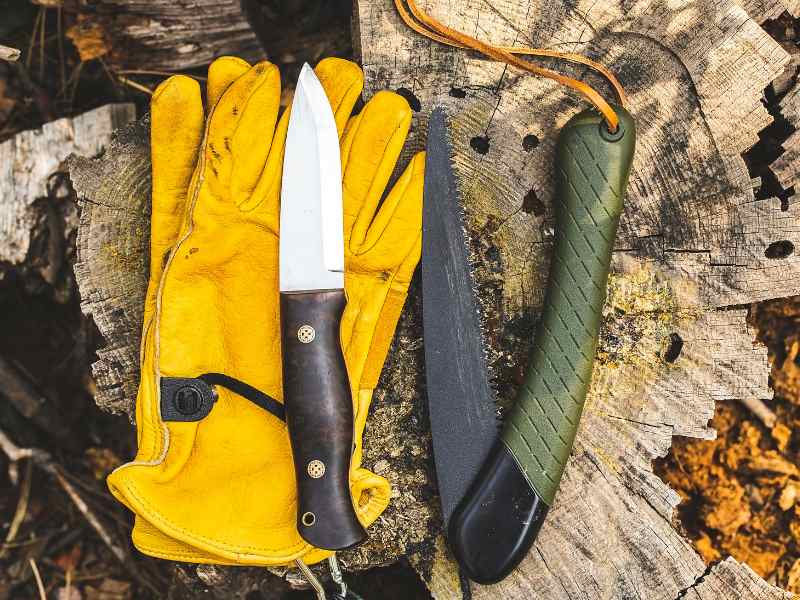
Bushcraft Tools and Knives
Bushcraft relies heavily on the use of specific tools and knives to make everyday tasks easier. These tools and knives enable one to utilize natural resources efficiently and create primitive shelters and tools.
Some of the essential bushcraft tools and knives include:
| Tool/Knife | Use |
|---|---|
| Machete | Chopping wood and clearing paths |
| Axe | Chopping wood and creating building materials |
| Folding saw | Cutting small to medium-sized branches and trees |
| Fixed-blade knife | Splitting wood, skinning animals, and preparing food |
| Hatchet | Chopping wood and creating building materials |
| Bow saw | Cutting large trees and branches |
| Multi-tool | Various functions such as pliers, screwdrivers, and can openers |
When considering bushcraft tools and knives, it is essential to choose high-quality items that are durable and fit for purpose.
Both survival gear and bushcraft tools and knives are essential components of wilderness survival. Whether it is an emergency scenario or a planned bushcraft trip, having the right gear and tools can make all the difference.
Are You ready For A Bushcraft Adventure?
The difference between bushcraft and survival lies in the focus and purpose of each skill set. While bushcraft emphasizes utilizing natural resources and primitive technology to thrive in the wilderness, survival techniques focus on emergency preparedness and self-rescue in dire situations.
Regardless of the situation, adaptability in nature is crucial to survival. This involves being aware of your surroundings, knowing how to identify and use natural resources, and being resourceful in making do with what is at hand.
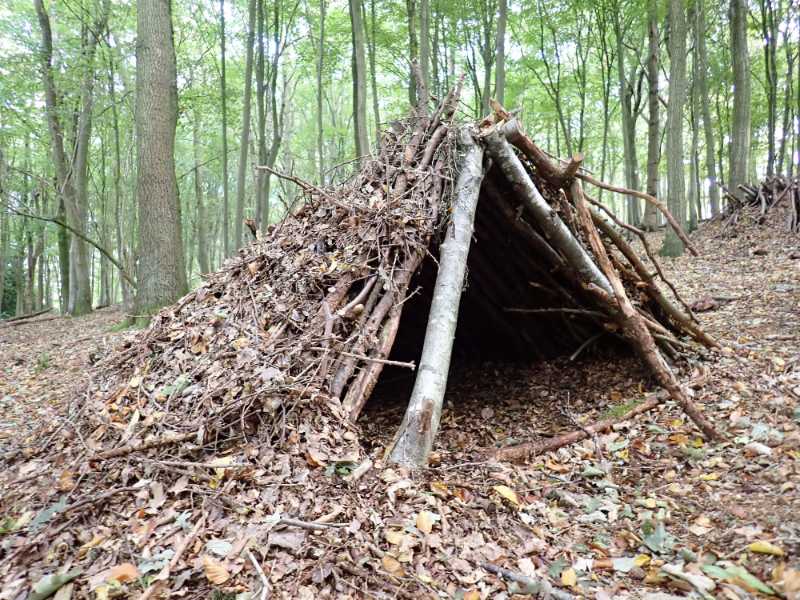
Natural Shelters and Wilderness Safety
Knowing how to construct natural shelters is an essential part of both bushcraft and survival. A well-built shelter can provide protection from the elements and give you a sense of security in the wilderness.
However, wilderness safety should always be a top priority. This includes being aware of potential dangers such as wild animals and extreme weather conditions. It also means leaving no trace and respecting the natural environment.
Resourcefulness
Resourcefulness is key in both bushcraft and survival. Making use of what is available in the environment, such as foraging for food and purifying water, can make all the difference in a survival situation.
Additionally, having the right gear and tools is essential for both bushcraft and survival. Knowledge of different knives and tools, as well as survival gear and equipment, can make your experience in the wilderness more effective and efficient.
Overall, mastering both bushcraft and survival skills takes time and practice. By honing these skills, you can gain confidence and self-reliance in the wilderness, ensuring your safety and well-being.
- CONVEX GRIND: The convex grind edge of this high carbon steel machete knife ensures impressive hardness and edge retention. It is built to withstand rugged jobs such as cutting trees or dense vegetation or clearing brush paths in forests and jungles.
- PARANG STYLE DESIGN: The traditional parang blade design excels in chopping, slicing, and cutting which makes it ideal for bushcraft, woodwork, outdoor activities and survival. This machete sword’s design makes it highly functional and a joy to wield.
- BALLISTIC NYLON SHEATH (BNS): Crafted from rugged ballistic nylon, this machete sheath is designed to safeguard your cutlass machete while ensuring secure closure, easy access, tear resistance and durability, preventing accidents during use.
- NATURAL FINISH: This creates a unique and timeless aesthetic that celebrates its raw, unaltered appearance. This intentional design emphasizes the machete’s individuality, and makes it attractive and functional for both outdoor enthusiasts and collectors.
- VERSATILITY: The convex grind is a deliberate design choice that enhances its performance, making it reliable and excel at various tasks such as cutting, outdoor activities, camping and gardening. It can also be used as a military machete for survival.
FAQ
Q: What is the difference between bushcraft and survival?
A: Bushcraft and survival are related disciplines that focus on wilderness skills and self-reliance. The main difference is that bushcraft emphasizes utilizing natural resources and primitive technology, while survival skills are geared towards emergency preparedness and adapting to various scenarios.
Q: What are some key skills involved in bushcraft?
A: Bushcraft involves skills such as tool making, shelter building, and fire starting techniques. These skills enable individuals to utilize natural resources and thrive in the wilderness.
Q: What are some key skills involved in survival?
A: Survival skills include emergency preparedness, foraging for food, hunting and trapping, and water purification. These skills are essential for adapting to different survival scenarios and ensuring basic needs are met in challenging environments.
Q: Why are navigation skills important in bushcraft and survival?
A: Navigation skills are crucial for both bushcraft and survival as they enable individuals to move safely and efficiently in the wilderness. They also help in finding resources, avoiding hazards, and maintaining a sense of direction.
Q: What is the role of psychology in survival?
A: Survival psychology is the study of mental and emotional factors that influence behavior and decision making in survival situations. It is important to maintain a strong mindset, stay focused, and manage stress and fear in order to increase chances of survival.
Q: How can one utilize nature’s resources in bushcraft and survival?
A: In both bushcraft and survival, individuals can utilize nature’s resources by identifying edible and medicinal plants, using natural materials for shelter and tools, and practicing sustainable practices to minimize environmental impact.
Q: What are some important principles in crafting and carving in the wilderness?
A: When crafting and carving in the wilderness, it is important to practice campsite management and adhere to the principles of leaving no trace. This means leaving the environment as you found it and minimizing any negative impact on the natural surroundings.
Q: What kind of gear and tools are necessary for bushcraft and survival?
A: Essential gear for bushcraft and survival includes items like survival kits, first aid supplies, navigation tools, fire starters, and multi-purpose knives. These tools and equipment are designed to assist with various tasks and enhance self-reliance in the wilderness.
Q: What are some key takeaways from this article on bushcraft and survival?
A: This article highlights the importance of wilderness skills and self-reliance in both bushcraft and survival. It emphasizes the utilization of natural resources, the relevance of navigation skills, the psychological aspect of survival, and the need for adaptability and resourcefulness in challenging environments.

Alan Dale is an experienced backpacker and adventure sports athlete who pays the bills by writing. Married with a small brood, Alan often has his kids in tow on many of his adventures. You can visit Alan here: https://siralandale.com/

